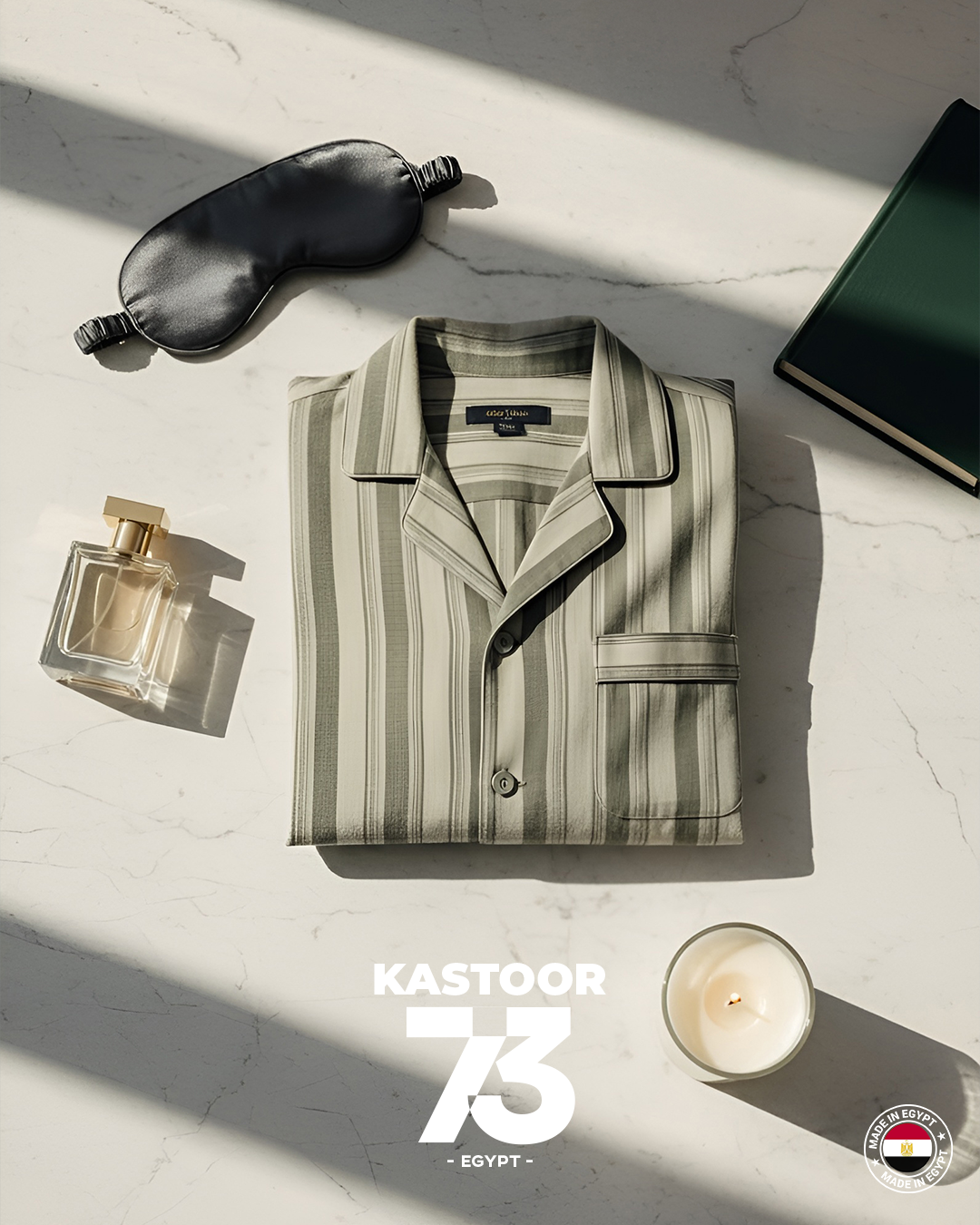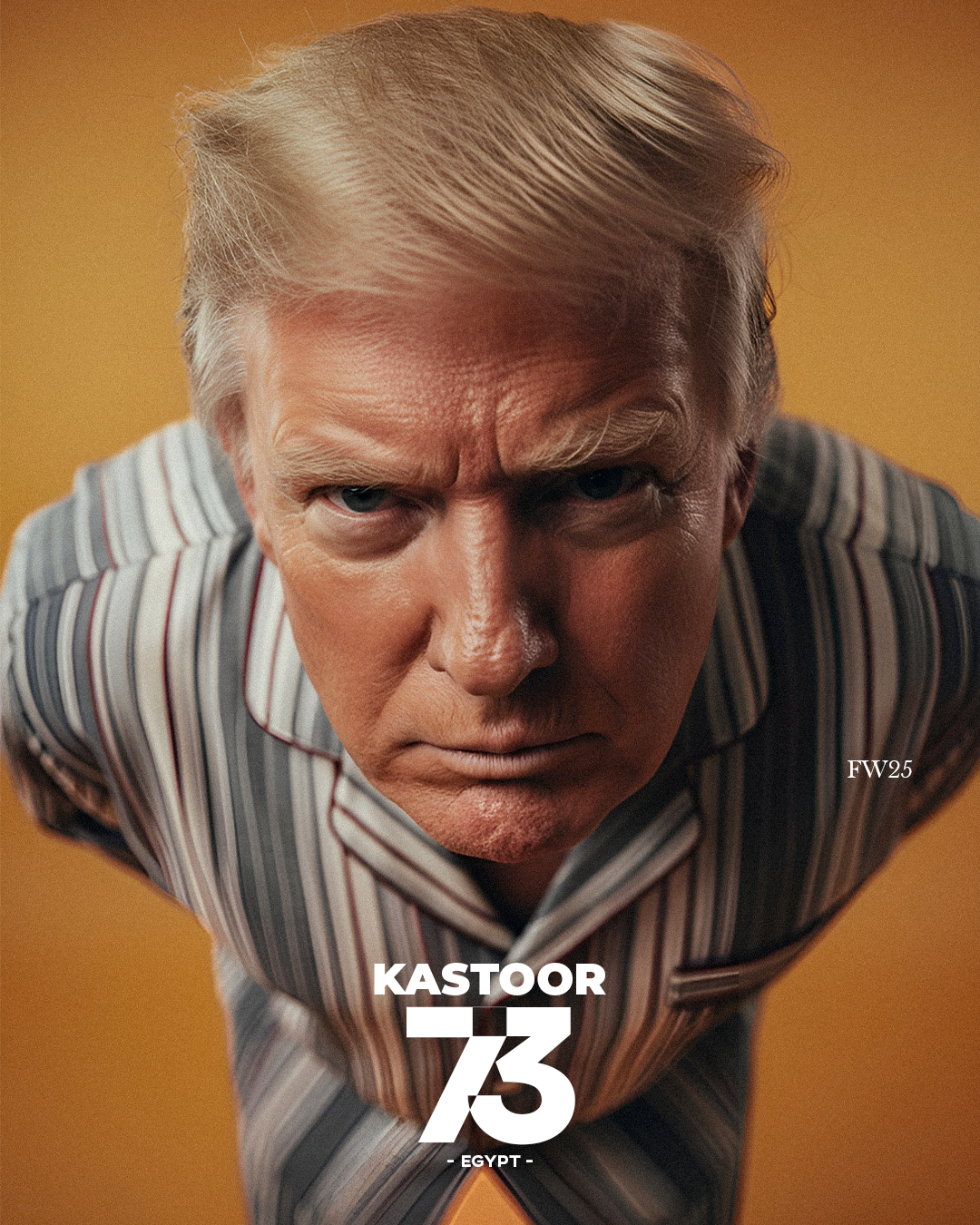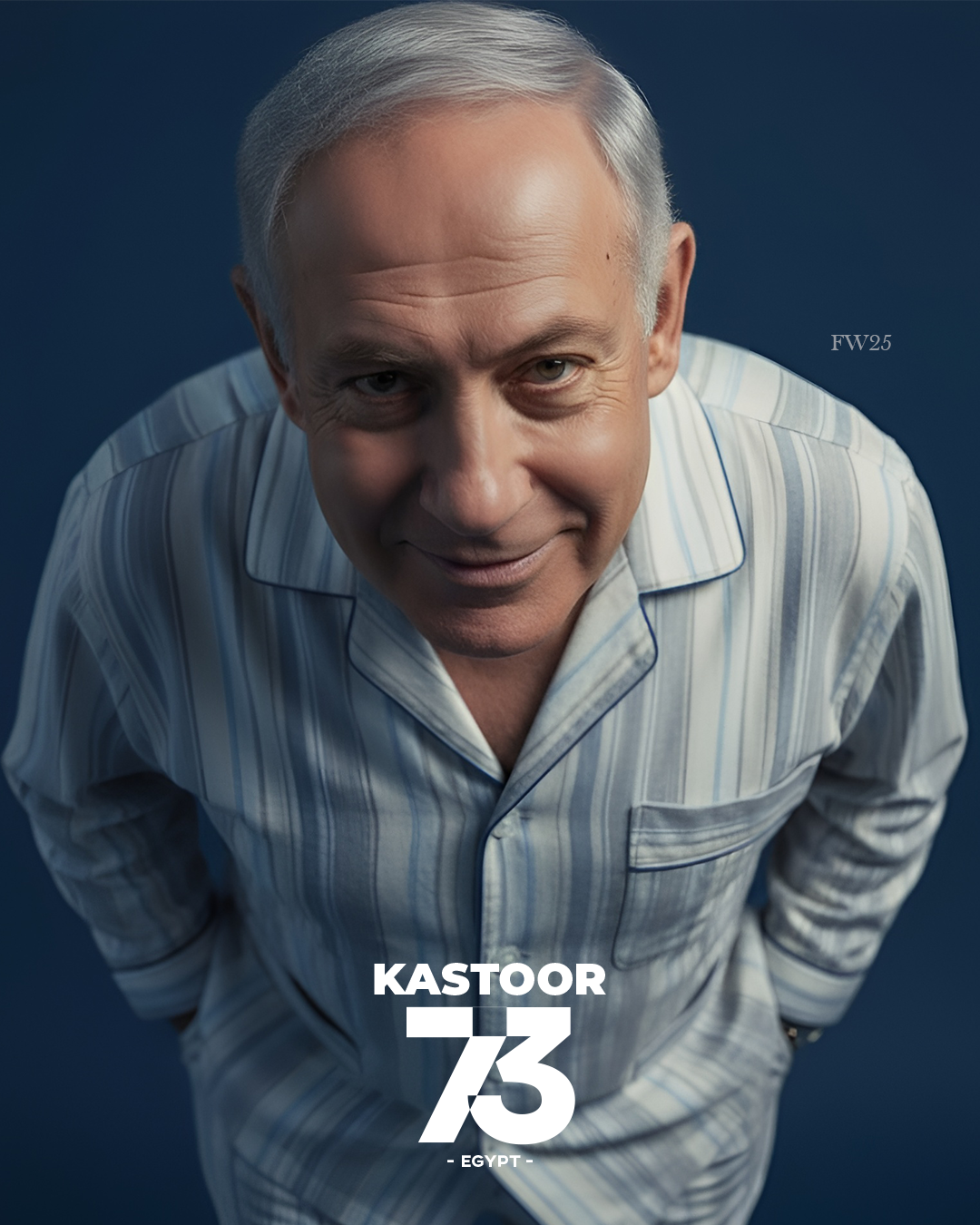In the aftermath of the October War of 1973 (AKA Yom Kippur War), a single garment became an unlikely symbol of defeat and humilation, the Kastoor pajama.
Originally a simple Egyptian-made cotton set, the Kastoor pajama took on a charged meaning when it was used to clothe Israeli captives during their return after the war. What began as an act of practicality became a moment of deep psychological and cultural resonance — a reversal of dominance, a quiet but visible symbol of humiliation for soldiers returning home not in uniform, but in sleepwear.
The image of men stripped of military pride and dressed in soft cotton became etched into the region’s collective memory — a juxtaposition of masculinity and vulnerability, of war and domesticity, of victory and surrender.
Decades later, Kastoor stands as a reminder of that blurred line between strength and softness — between the political and the personal. What once signified defeat now transforms into a fabric of reinterpretation — reclaimed, reimagined, and rewoven into new meaning.
And this is a reminder that when it’s time, Egypt always has the pajamas ready.

























